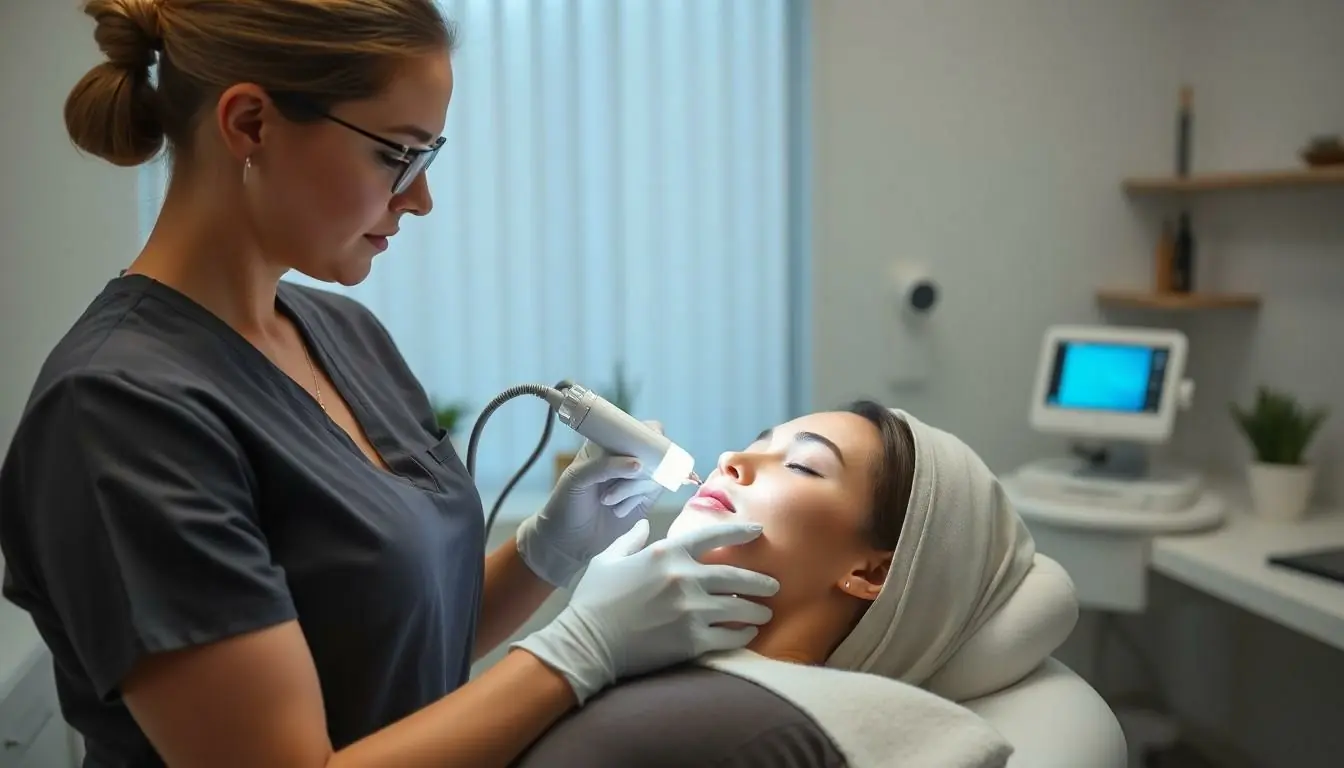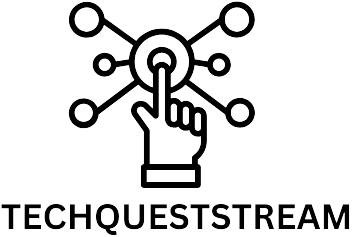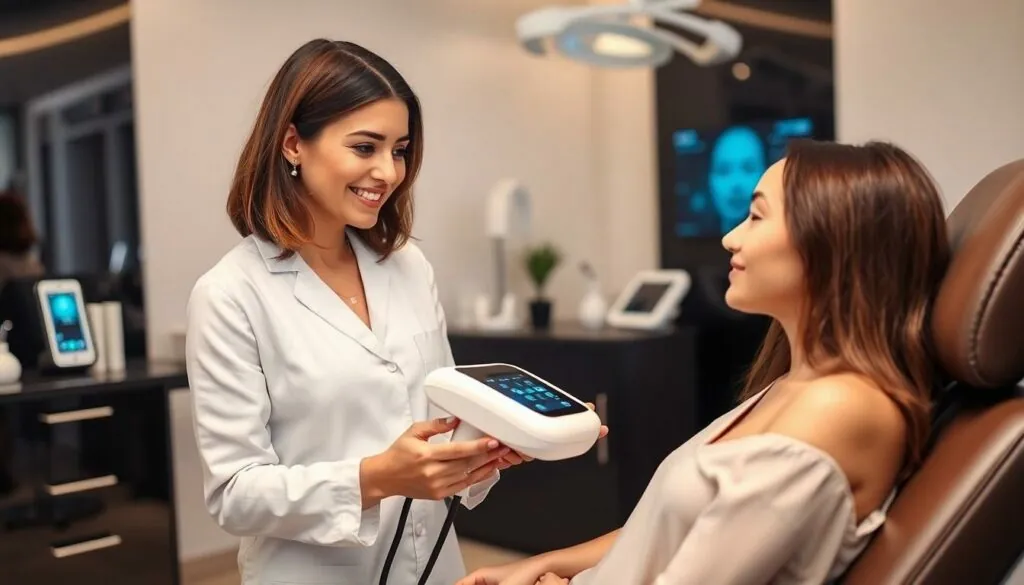In a world where technology evolves faster than a speeding laser hair removal device, estheticians find themselves at a crossroads. Should they embrace the latest gadgets or cling to their trusty potions and creams? The answer isn’t as simple as choosing between a classic facial and a high-tech LED treatment. It’s about blending the art of skincare with the science of innovation.
As new technologies flood the beauty industry, estheticians must adapt or risk becoming the equivalent of a flip phone in a smartphone world. By understanding and integrating these advancements, they can elevate their services and keep clients coming back for more. After all, who wouldn’t want to experience the magic of a facial powered by artificial intelligence? Embracing technology isn’t just smart; it’s essential for staying relevant in an ever-changing landscape.
Table of Contents
ToggleUnderstanding Emerging New Technologies
Emerging technologies continually reshape the beauty industry. Estheticians must grasp these advancements to enhance their services.
Definition of Emerging Technologies
Emerging technologies refer to innovations that are in the developmental stage but show potential to significantly impact industries. These advancements often include artificial intelligence, biotechnology, and robotics. It’s crucial for estheticians to recognize these technologies as tools that can improve treatment efficacy and client experiences. By understanding these innovations, they can integrate them effectively into their practices. Awareness of the latest trends also enables estheticians to anticipate changes and adapt their skills accordingly.
Examples of Technologies in Aesthetics
Numerous technologies are transforming aesthetics treatments in the marketplace. Laser therapies offer non-invasive solutions for skin resurfacing, hair removal, and tattoo removal. Microneedling devices, utilizing advanced technology, enhance product penetration and rejuvenation results. Virtual skin analysis tools enable precise diagnosis and treatment planning for each client. AI-powered chatbots provide immediate consultation, improving client engagement and satisfaction. These examples illustrate how technology enhances both treatment options and the client’s overall experience. Each innovation presents estheticians with opportunities to refine techniques and attract new clientele.
The Role of Estheticians in Technology Integration

Estheticians play a crucial role in integrating technology into their practices. They adapt techniques and services to align with advances in the beauty industry.
Benefits of Technology in Skincare
Technology enhances the effectiveness of skincare treatments. AI-driven tools provide personalized skin analysis, allowing estheticians to create tailored regimens. Advanced microneedling devices improve results by delivering precision and consistency. Laser therapies offer non-invasive options for clients seeking significant outcomes. Virtual consultations save time, enabling clients to assess their needs remotely. Technology aids in better client education, helping clients understand treatment options more clearly. Client engagement improves through automated follow-ups and reminders, fostering long-term relationships.
Challenges Faced by Estheticians
Integrating technology presents several challenges for estheticians. Training on new equipment requires time and effort to master functionalities effectively. Financial investments in advanced technologies can strain budgets, particularly for small businesses. Keeping up with rapid technological advancements poses additional pressure. Adapting marketing strategies to highlight new services can feel overwhelming. Many clients may resist change, preferring traditional methods over new technologies. Estheticians must balance embracing innovative practices with maintaining established client relationships to ensure continued trust and satisfaction.
Best Practices for Embracing Technology
Embracing technology requires proactive approaches to ensure estheticians excel in an evolving landscape. Continuous education and staying informed about industry trends play vital roles.
Continuous Education and Training
Estheticians must engage in regular training to keep up with technological advancements. Many online courses cater to emerging tools like artificial intelligence and advanced skincare devices. Participating in workshops enables hands-on experience with innovative products. Networking with other professionals also provides insights into effective practices. Industry events often feature speakers who share success stories of technology integration. These opportunities cultivate a deeper understanding of how new technologies enhance client experiences.
Staying Informed About Industry Trends
Awareness of industry trends enables estheticians to adapt services efficiently. Following beauty industry publications offers updates on new technologies and their applications in skincare. Social media platforms also serve as valuable resources for observing peer practices. Engaging with online communities allows for discussions about the latest advancements in treatments. Subscribing to newsletters keeps estheticians informed about upcoming webinars and training sessions. Regularly reading research studies highlights the efficacy of new technologies, ensuring informed decision-making.
Client Communication and Technology
Effective communication between estheticians and clients enhances understanding and fosters loyalty, especially when integrating new technologies into treatments.
Educating Clients on New Treatments
Estheticians must clearly explain the benefits of new technologies. They should outline what clients can expect from treatments like laser therapy or virtual skin analysis. Providing detailed information helps demystify procedures, making clients more comfortable. Integrating visual aids can significantly enhance understanding and interest. Additionally, hosting informational sessions allows for direct answers to client questions. Personalizing communication facilitates greater connection and engagement. Estheticians can create brochures or digital content that clients can reference later, reinforcing knowledge retention.
Building Trust Through Transparency
Transparency is vital for establishing trust in client relationships. Estheticians benefit from openly discussing the science behind new technologies. They should address any potential risks or limitations associated with treatments. Encouraging questions fosters an environment where clients feel valued and informed. Sharing success stories and testimonials can enhance credibility and demonstrate efficacy. Consistent follow-ups after treatments help to maintain open lines of communication, allowing clients to express any concerns. Through honesty, estheticians strengthen the client-provider relationship, enhancing loyalty and satisfaction.
Embracing new technologies is essential for estheticians seeking to thrive in the beauty industry. By integrating innovative tools and techniques into their practices, they can enhance client experiences and improve treatment outcomes. The right balance between tradition and technology not only attracts new clientele but also strengthens existing relationships.
Continuous education and effective communication are key to navigating this evolving landscape. Estheticians who stay informed about industry trends and engage with clients transparently will build trust and loyalty. As the beauty industry continues to advance, those who adapt will undoubtedly excel, ensuring their relevance in a competitive market.





